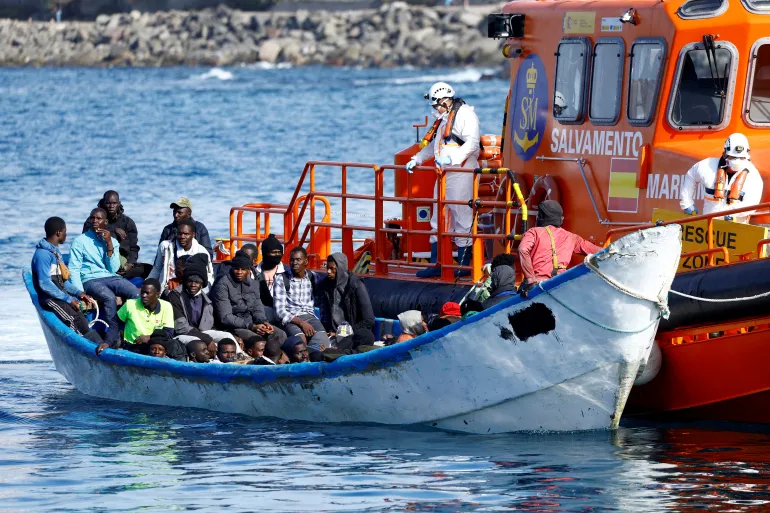Crete is now facing one of its worst migrant crises, with over 4,600 people arriving since January 2025. In just the last four days, 1,076 more migrants reached the island. Local port staff, authorities, and communities are under extreme pressure, both physically and mentally, as the situation gets worse each day.
The Heraklion port, Greece’s third busiest, is under major strain. Workers are overwhelmed, and the conditions are becoming unbearable. The president of the Union of Eastern Crete Port Personnel, Giorgos Sfakianakis, explained that staff are watching helplessly as more migrants arrive daily. He said the crisis is now “out of control,” especially with tourist season starting.
Many of the migrants are being kept in an old warehouse known as “the Fridge,” which now holds around 140 people in cramped, unsafe conditions. Local leaders like Phaistos mayor Grigoris Nikolidakis say they urgently need government help. He stressed that moving migrants from one place to another has become too expensive, with transport and disinfection costs making a big impact on their budgets.
Tourists visiting Crete now see more than just beaches—they see overcrowded shelters and migrants arriving beside cruise ships. Yiannis Vardavas, head of Heraklion’s Port Fund, said this is harming Crete’s image as a travel destination. “The port is for tourists, not migrant shelters,” he warned.
Plans to create new shelters face strong opposition. Heraklion’s mayor, Alexis Kalokairinos, refused to offer space in a government building named “Faro,” saying it’s planned for cultural use. Other areas, like the Zografakis military camp, were also rejected due to nearby villages and earthquake victims already living there.
Local MP Vassilis Kegeroglou said adding shelters without proper planning only adds to the problem. “You can’t build centers in random places,” he said, noting that some people already travel long distances just to get help. Placing facilities near tourist areas sends the wrong message and could damage the island’s economy.
Crete’s ports are handling record numbers of passengers, cruise ships, and vehicles. But with thousands of migrants arriving, the system is falling apart. Even with 60,000 traffic checks and 49 lifeguard towers, it’s not enough. Local services are stretched thin, and tension is rising among both locals and visitors.
Officials warn that if no action is taken soon, the situation will only get worse. The call for help is growing louder. Everyone—port staff, locals, and even tourists—can see the problem clearly. The only question now is whether the government will act before it’s too late.

